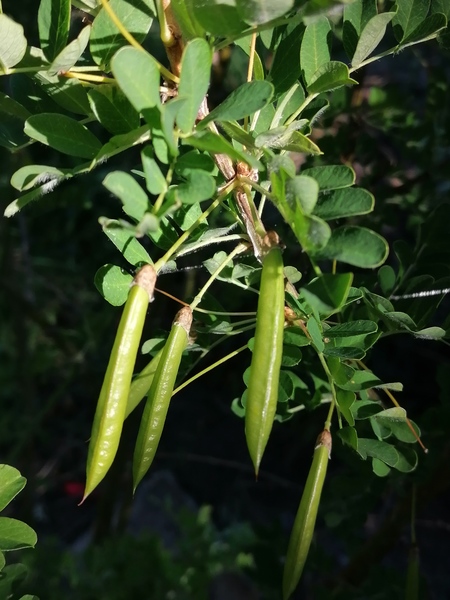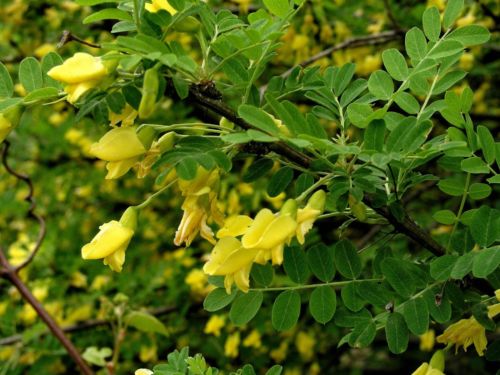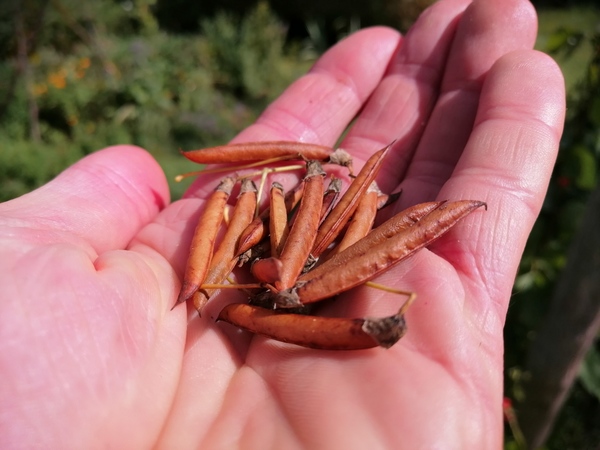Siberian Pea Shrub seeds

Botanical name
Caragana arborescens
Details
Hardy and versatile, Caragana arborescens is a nitrogen-fixing shrub or small tree, perfect for enhancing soil fertility, creating windbreaks, or adding beauty to your garden with its bright yellow spring flowers.
Thriving in poor soils and harsh climates, it’s drought-tolerant and easy to grow. The seeds are high in protein, making them valuable for livestock or wildlife.
Ideal for forest gardens, erosion control, or as an ornamental addition, this low-maintenance plant is a must-have for sustainable landscapes.
Fresh seed collected from our single mature specimen planted in 2013
Thriving in poor soils and harsh climates, it’s drought-tolerant and easy to grow. The seeds are high in protein, making them valuable for livestock or wildlife.
Ideal for forest gardens, erosion control, or as an ornamental addition, this low-maintenance plant is a must-have for sustainable landscapes.
Fresh seed collected from our single mature specimen planted in 2013
Drought tolerance
Nitrogen fixer
Perennial
Price
$5.90
20 seeds


